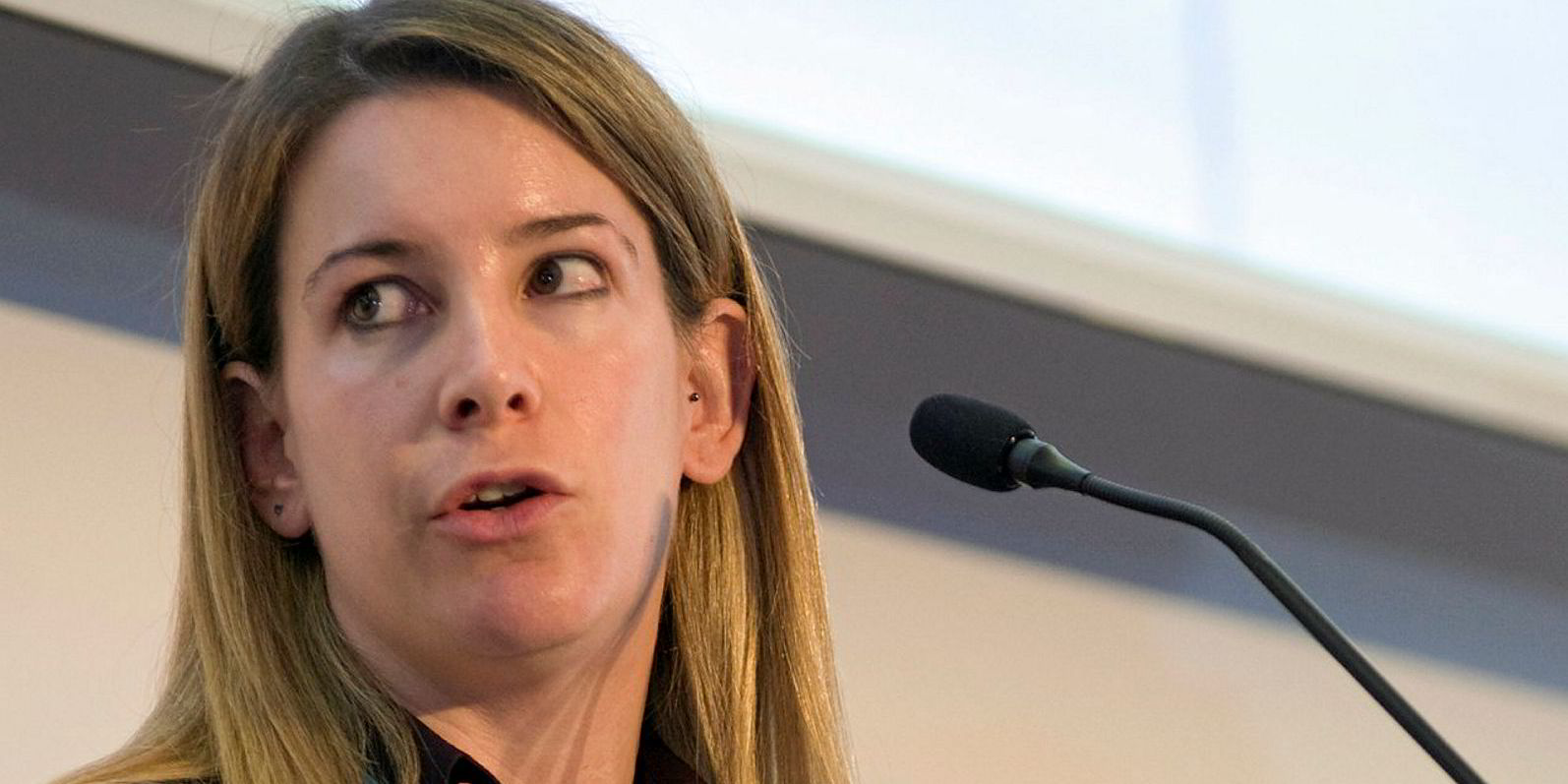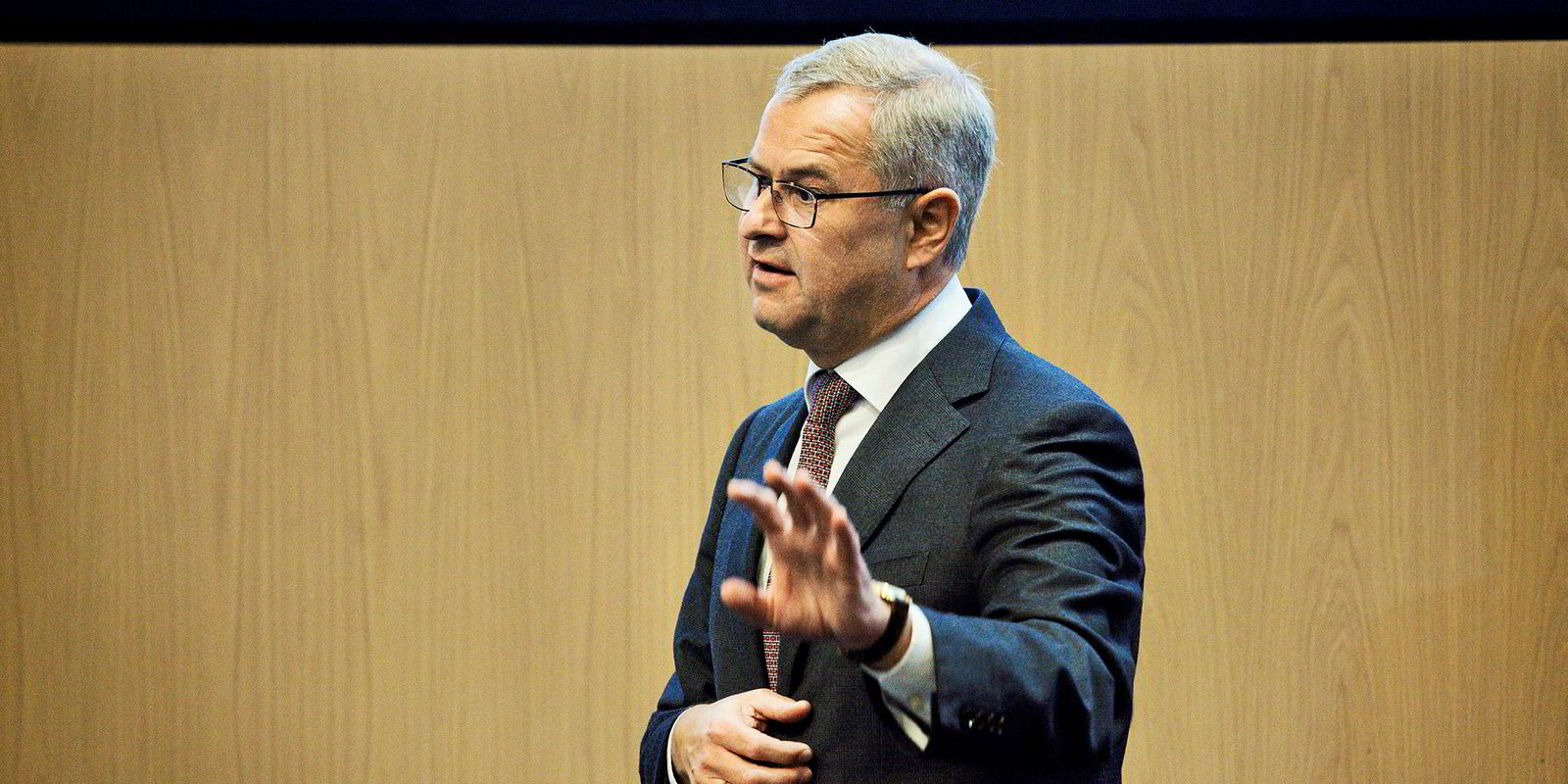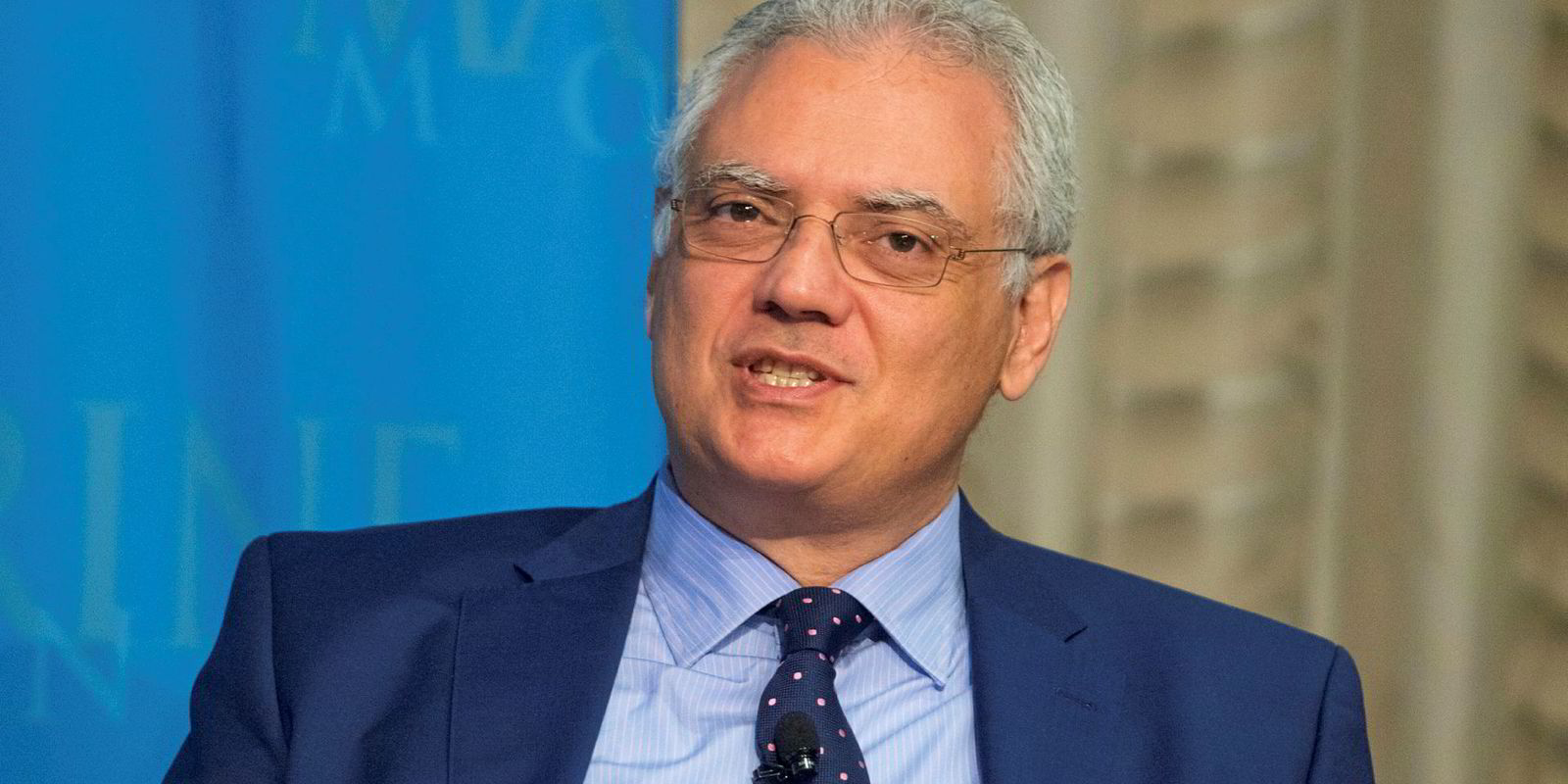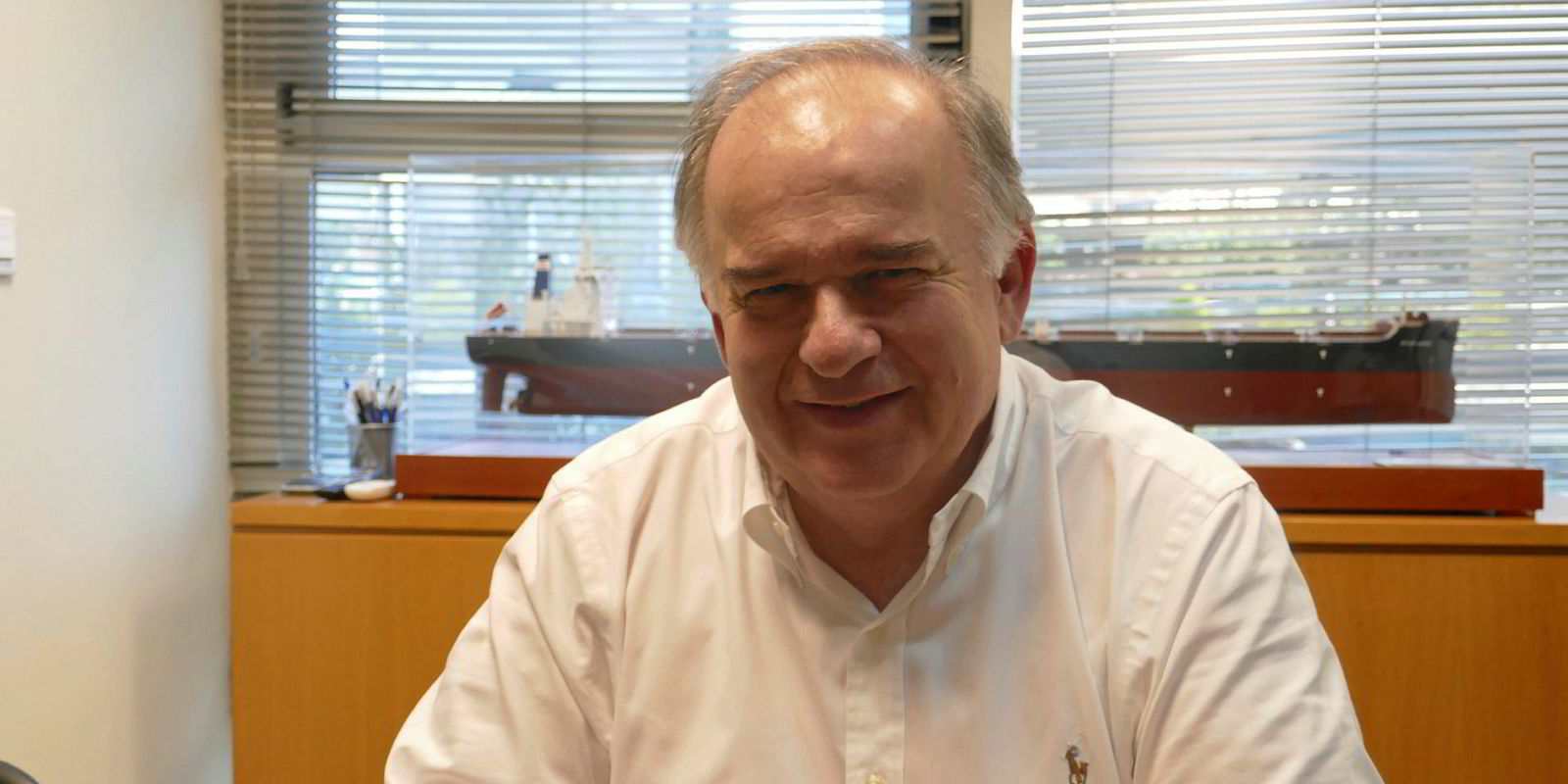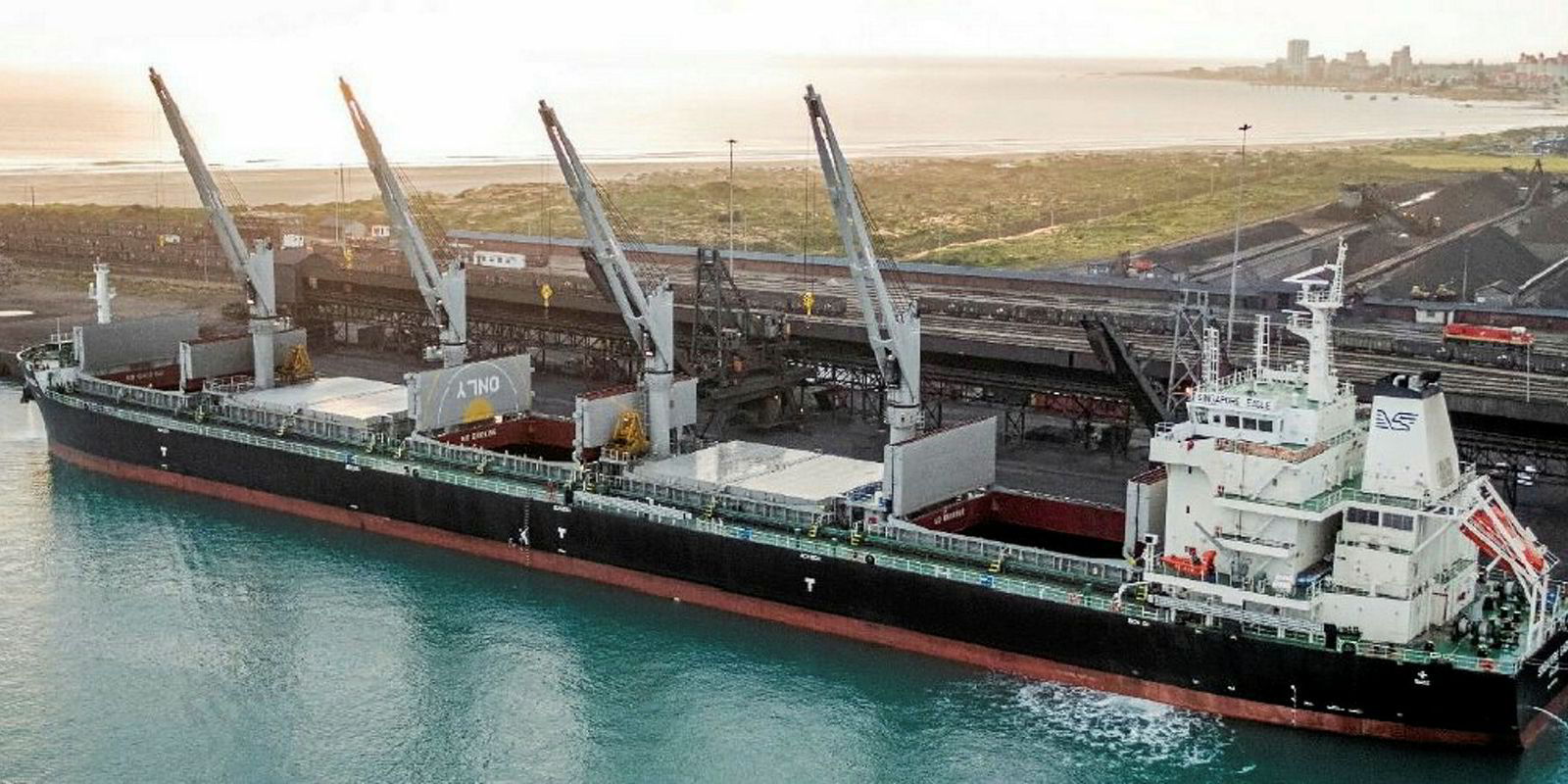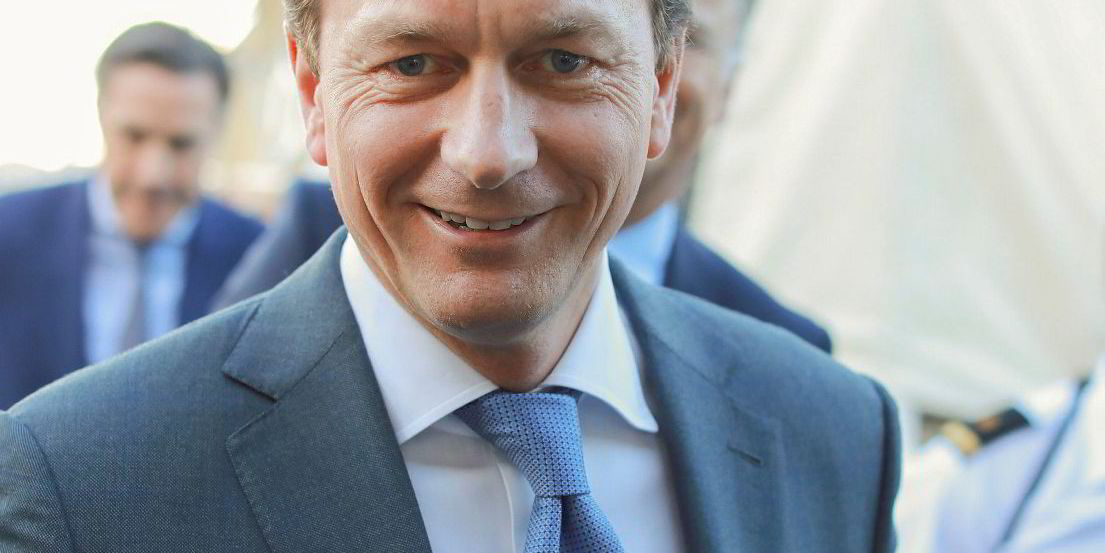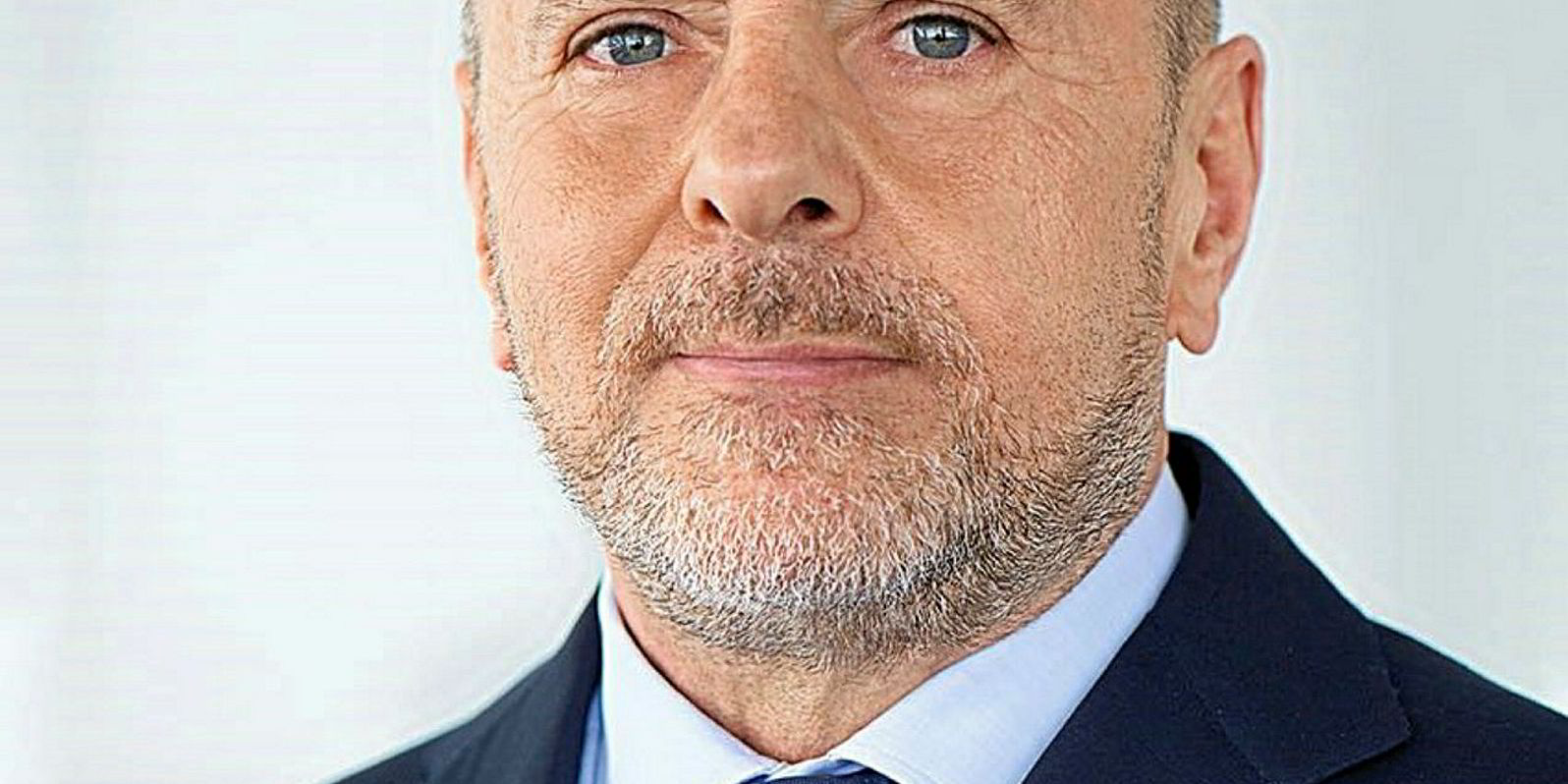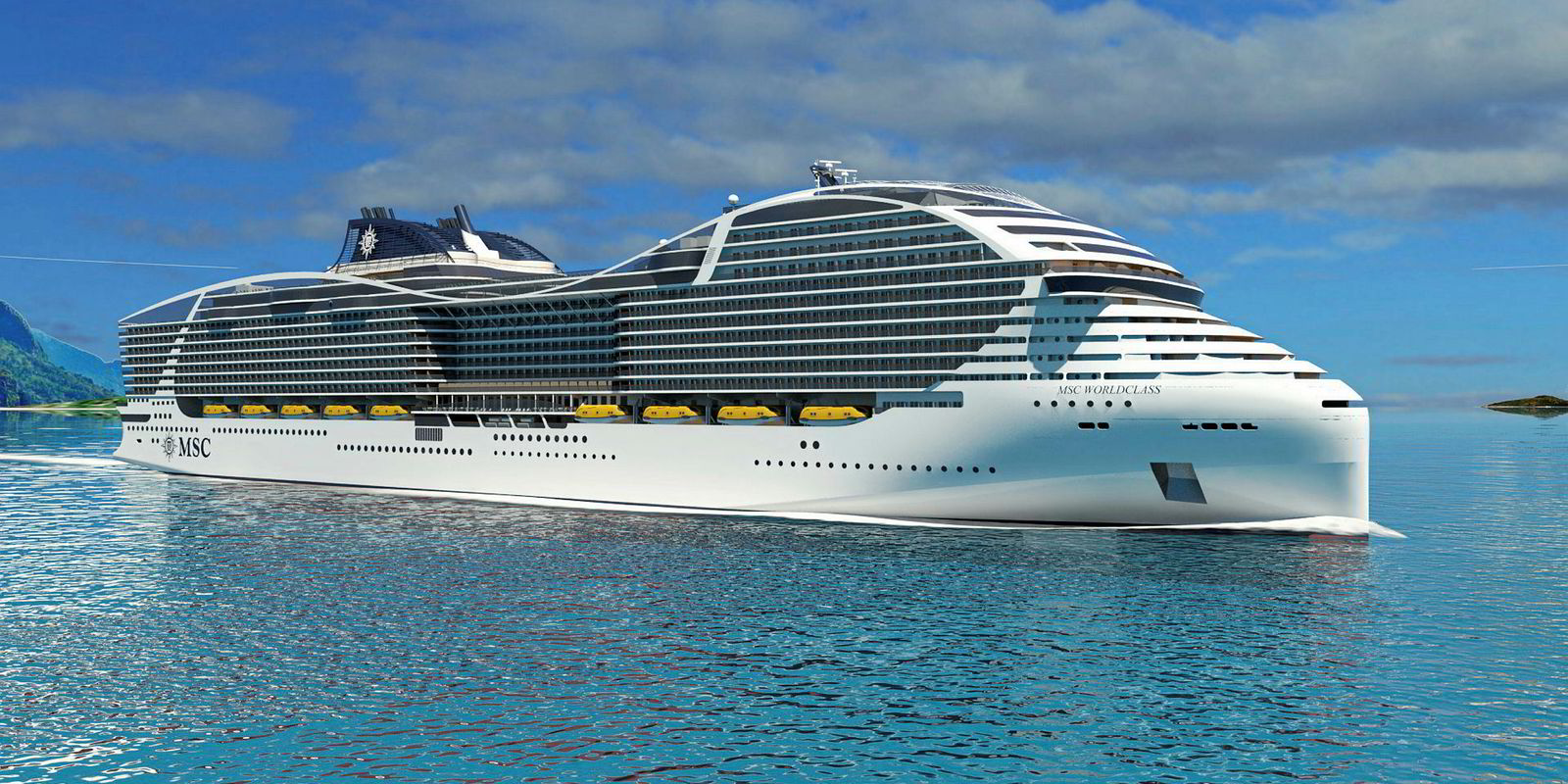Shipowners are gradually falling into different camps on how to comply with the pending IMO 2020 regulations that limit the sulphur content of fuel to 0.5% instead of the current 3.5%.
The second and third quarters have seen a flurry of announcements, particularly by public companies, of orders for exhaust gas scrubbers by 1 January 2020, including shipping giant AP Moller-Maersk's recent change of heart to install them on some of its ships.
The past two weeks have seen other shipowners make announcements that they are going with scrubbers as well, such as Star Bulk Carriers and its 2019 scheme to equip its entire fleet with scrubbers, while Safe Bulkers plans to outfit half its vessles.
Despite the seeming rush, analysts point out that only a minority of shipowners may be using them come the 2020 deadline.
"Our conversations with manufacturers and consultants still point to a figure of well below 2,000 ships," Evercore ISI analyst Jon Chappell in a recent client note that reported that there are some 60,000 ships in the world fleet.
Stifel analyst Ben Nolan said, however, that scrubbers are "still widely considered the cheapest and best option" for dealing with IMO 2020 regulations for now, despite a significant increase in orders for LNG-powered ships.
Other companies are opting instead to convert to LNG fuelling or burn expensive low-sulphur marine gas oil — or use all three aforementioned approaches to run their fleets.
The recent flurry of interest may be because scrubbers pose the most affordable solution to IMO 2020 compliance, said Georgi Slavov, head of research at commodity broker Marex Spectron.
"It looks like a compelling case because the installation costs are paid off in about two years," he said.
Nonetheless, he said that only about one-quarter of all ships on the water may end up with them because of limited availability and current eco ships already comply with the pending regulation.
"It's technically impossible for all ships to have scrubbers installed within 15 months."
The following is a look at what listed companies have revealed so far — almost 15 months away from when the clock strikes 12 on the very first day of 2020:
Scrubber adopters
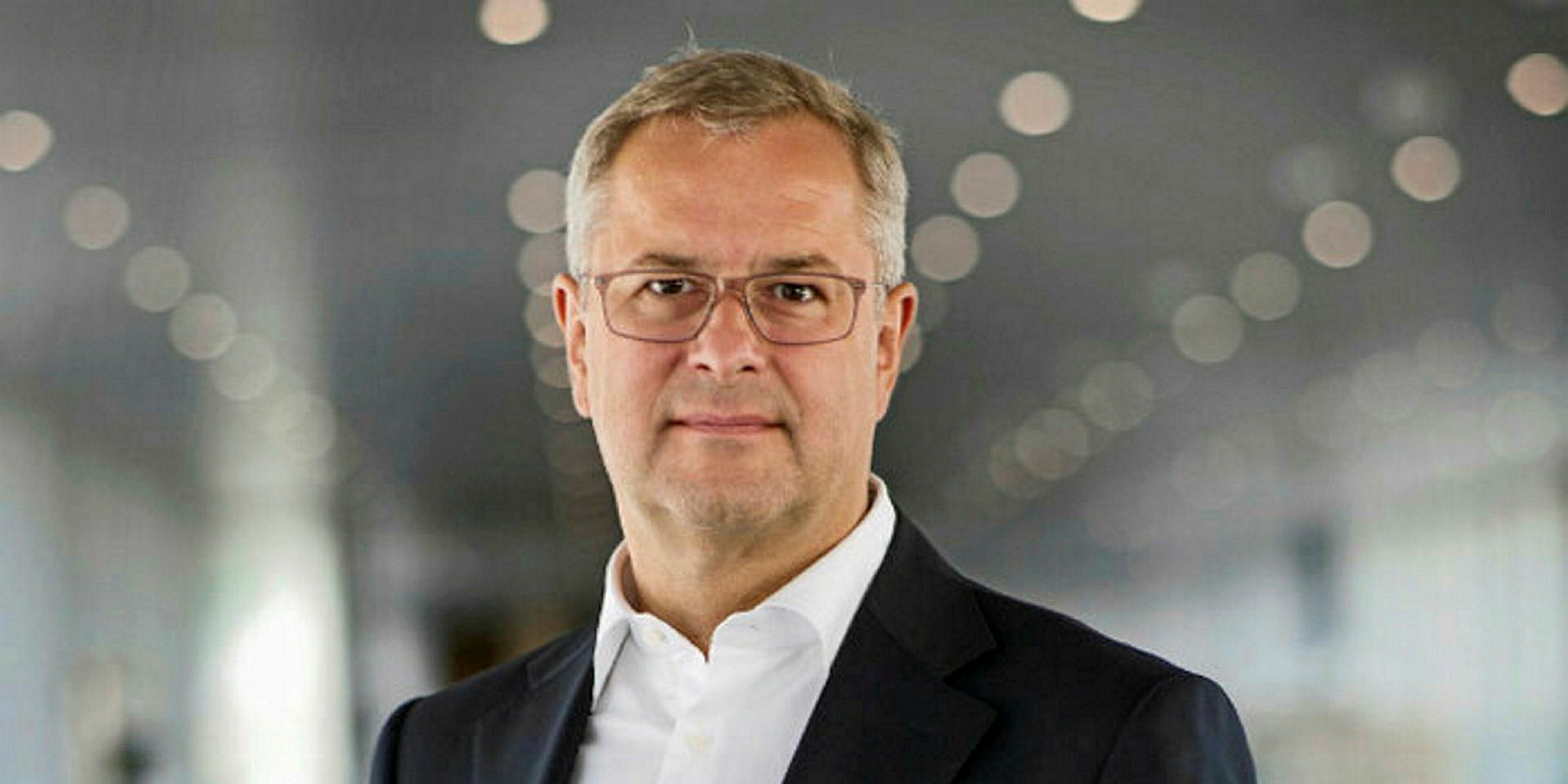
AP Moller-Maersk
The plan: The Danish shipping giant said it plans to fit exhaust gas scrubbers on a "limited number" of its roughly 750 Maersk Line boxships, departing from a previously announced plan to use low-sulphur bunker fuel only to satisfy IMO 2020.
The reasons: The company said scrubber technology will play "a small part" in its overall 2020 fuel sourcing strategy. Chief executive Soren Skou said during a second-quarter earnings call that it "doesn't make sense" to put them on all of Maersk Line's boxships but the company may invest in a few scrubbers to "understand the technology".
The bottom line: Maerskexpects its annual cost to increase $5.4bn when 2020 arrives, up from $3.4bn spent in 2017.
Star Bulk Carriers
The plan: The Petros Pappas-led bulker owner announced plans to install exhaust gas scrubbers on its entire future fleet of 117 bulkers, which range in size from supramax to newcastlemax.
The reasons: The New York-listed company has given little explanation for its decision. At this summer's Posidonia, commercial director Milena Pappas defended the environmental impact of scrubbers by pointing to a Carnival study saying sulphur makes up 7% of the oceans, while scrubbers would add less than 1%. “If you put all the sulphur in the sea on top of the sea, it would be about a meter and a half,” Pappas said. “If you add what the ships would add into the sea, it is not even paper thin." She said that sulphur in the sea is not harmful, but in the air it kills 600,000 people per year.
The bottom line: The company expects the average cost, including installation, to be less than $2m per vessel. It secured debt financing with an average margin of below 3% to cover up to 70% and plans to pay the rest with operating cash flow and cash without raising equity.
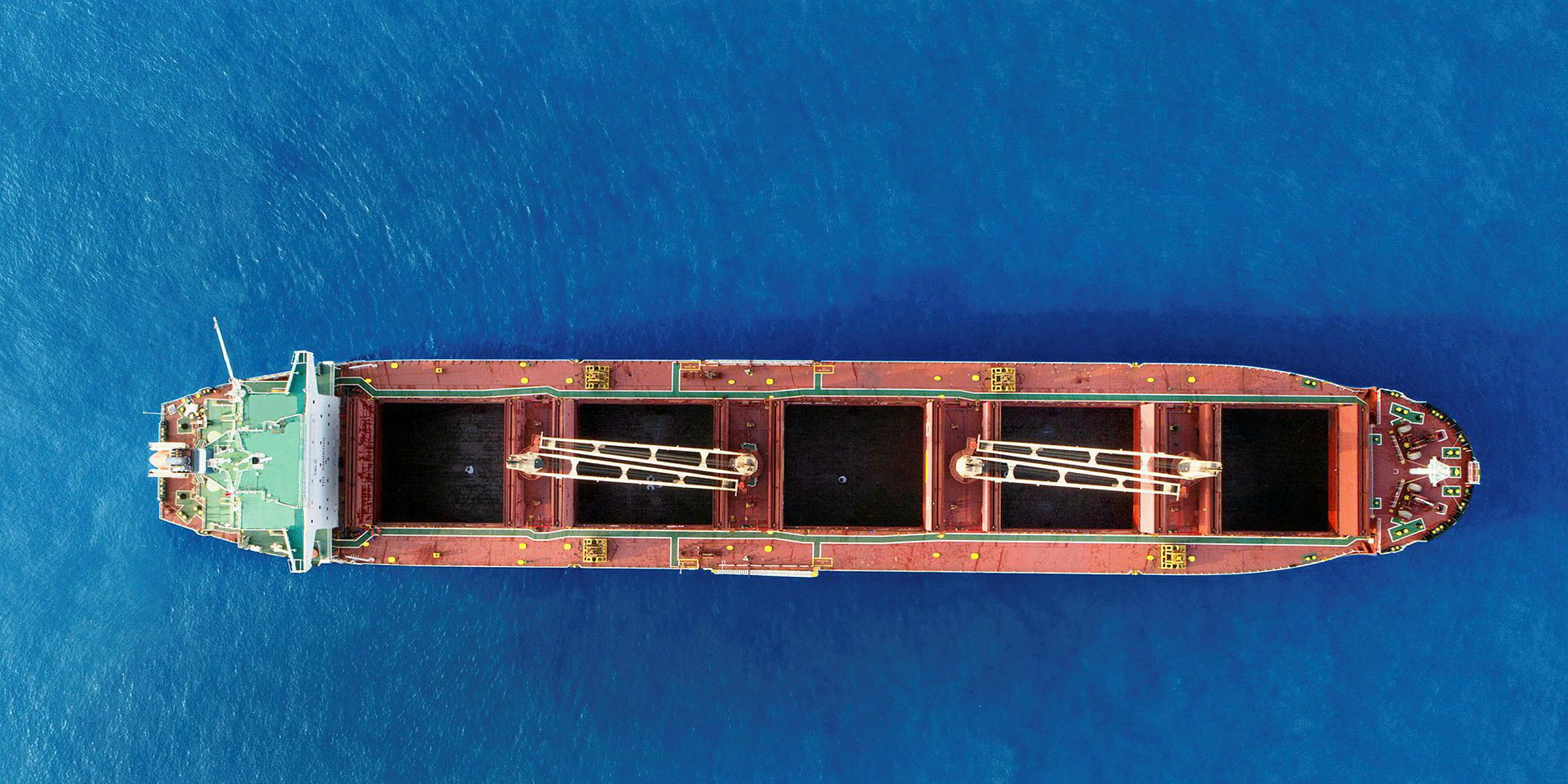
Safe Bulkers
The plan: The Polys Hajiouannou-led company announced a plan to install Alfa Laval PureSOx scrubbers on about half of its fleet: five kamsarmaxes, 13 post-panamaxes and on a recently acquired capesize. Installations are set for the second quarter through the fourth quarter of 2019.
The reasons: Safe Bulkers expects scrubbers will let the company take advantage of a two-tiered fuel market with a $250-per-tonne spread between heavy fuel oil and low-sulphur fuels, president Loukas Barmparis told TradeWinds. "We have ahead of ourselves a good investment."
The bottom line: The company expects the installations will cost about $2m each, paid for with cash on hand and additional debt.
DFDS
The plan: The Danish ferry owner plans to install scrubbers on 12 freight ro-ros.
The reasons: The investment decision was based on the 2015 scrubber strategy to move to a 0.1% sulphur content limit for DFDS' ferry route network in northern Europe, given its success, DFDS said. "By applying DFDS' extensive experience of procuring, installing and operating scrubber systems, we are achieving both operational and financial synergies," said CEO Niels Smedegaard.
The bottom line: The company said it will spend DKK 300m ($46.6m) next year fitting the systems to 12 freight ro-ros on routes between Turkey, Italy, Greece and France.
Torm
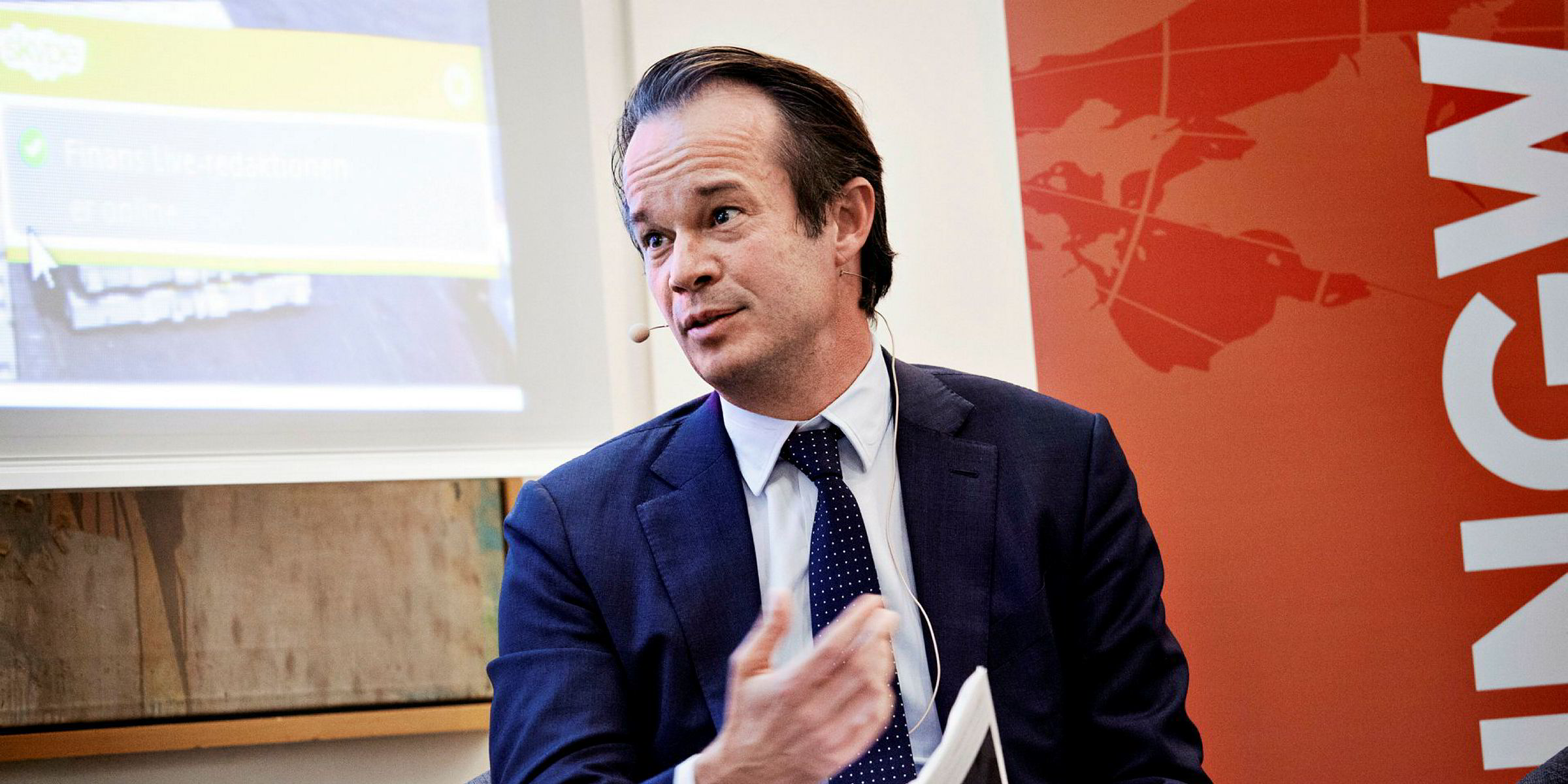
The plan: The Jacob Meldgaard-led company plans to install scrubbers on 14 ships, including all 10 of its newbuildings. The project covers four LR2s, two LR1s and eight MR tankers.
The reasons: The company said little in its announcement about the reasons behind its plan, but it said it believes 10% of the fleet will adopt scrubbers.
The bottom line: The investment will run to around $2m for each of the ships, with a higher fee on the larger tankers. It has not indicated an expected return on the investment.
Norden

The plan: Overall, 26 vessels will be fitted with scrubbers, with options secured for five more. Equipment will be installed on 16 owned vessels on the water and two newbuildings. Eight long-term chartered ships are also included.
The reasons: “We consider the investment highly attractive with an estimated financial return of 24% within five years on the owned vessels,” said chief executive Jan Rindbo.
The bottom line: The project runs to $54m, with $41m for the equipment and an additional $13m for the increased time charter hire. Positive cash flow of $40m is forecast over five years.
Navig8 Group
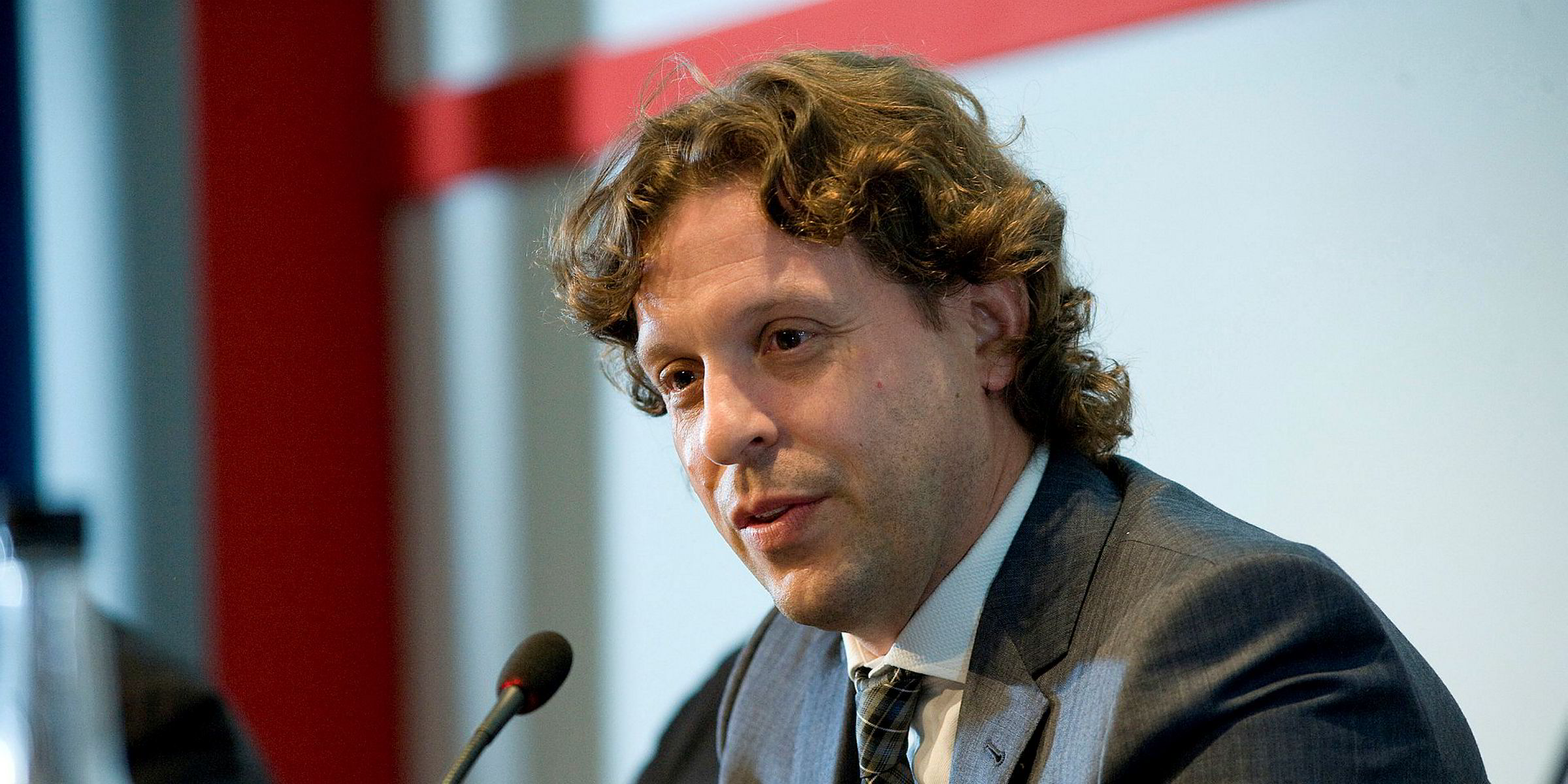
The plan: In August, the group set up Navig8 Product 2020, a vehicle for eight 110,600-dwt scrubber-fitted LR2 product tankers on order at New Times Shipbuilding. The first LR2 assigned to Navig8 Product 2020 is the Navig8 Pride LHJ, which is to be commercially managed by the Navig8 Alpha8 Pool.
The reasons: The company did not discuss the reasons for the move, but chief executive Nicholas Busch has said that he sees the 2020 rules as a major shift for the industry, comparable to the phase out of single-hull tankers. “I don’t remember seeing ever a situation that will inevitably change the economics of how shipowners operate in the next two years," he said at a conference in January.
The bottom line: Theeight ships are valued together at about $300m.
Eagle Bulk Shipping
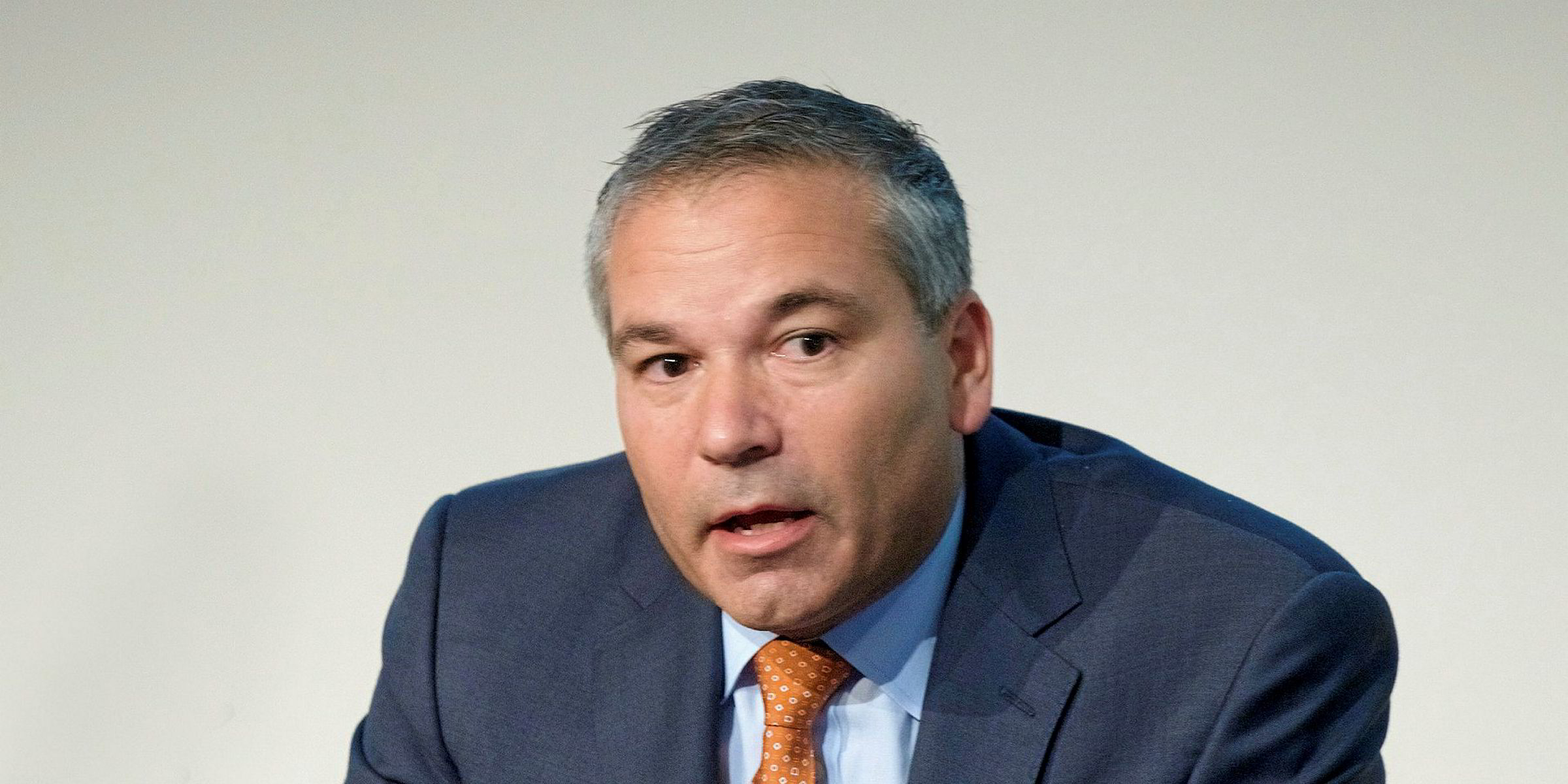
The plan: A firm contract for 19 scrubbers is in place with individual options for 18 more vessels. The project covers up to 79% of its fleet.
The reasons: “We look at the investment in ships and the investment in scrubbers as a business case and we feel this is compelling and the best use of capital at this time,” chief executive Gary Vogel explained.
The bottom line: The initial cost will run to $38m, with the options potentially adding $36m more. Payback is expected within a couple of years, but could be sooner.
DHT Holdings
The plan: New York-listed DHT is installing scrubbers on 14 tankers. The scheme spans 12 trading tankers built between 2004 and 2012 and two newbuildings. The company has 27 VLCCs in total.
The reasons: DHT has predicted the equipment could result in “super profits”.
The bottom line: Capital expenditure on the project runs to $55m. DHT guided in early August that based on fuel price spreads at that time the scrubber-fitted VLCCs could have a $12,000 per day advantage on a time-charter equivalent basis and the payback on such investments may be under one year.
Okeanis Eco Tankers
The plan: Ioannis Alafouzos-backed Okeanis went public with a fleet of 15 tankers that will all be fitted with scrubbers. It had three aframax and three suezmaxes on the water, and a single suezmax and eight VLCCs on order for delivery before the end of 2019.
The reasons: “This is a unique opportunity as we feel there will be genuine disruption in the tanker market,” CEO Alafouzos said in July. “To do something successfully, not just in shipping, you have to have a story and the eco/scrubber story is very strong.”
The bottom line: “We see the creation of a multi-tiered market ranked by fuel efficiency and flexibility in burning cheaper bunkers,” Alafouzos said.
Royal Caribbean Cruises
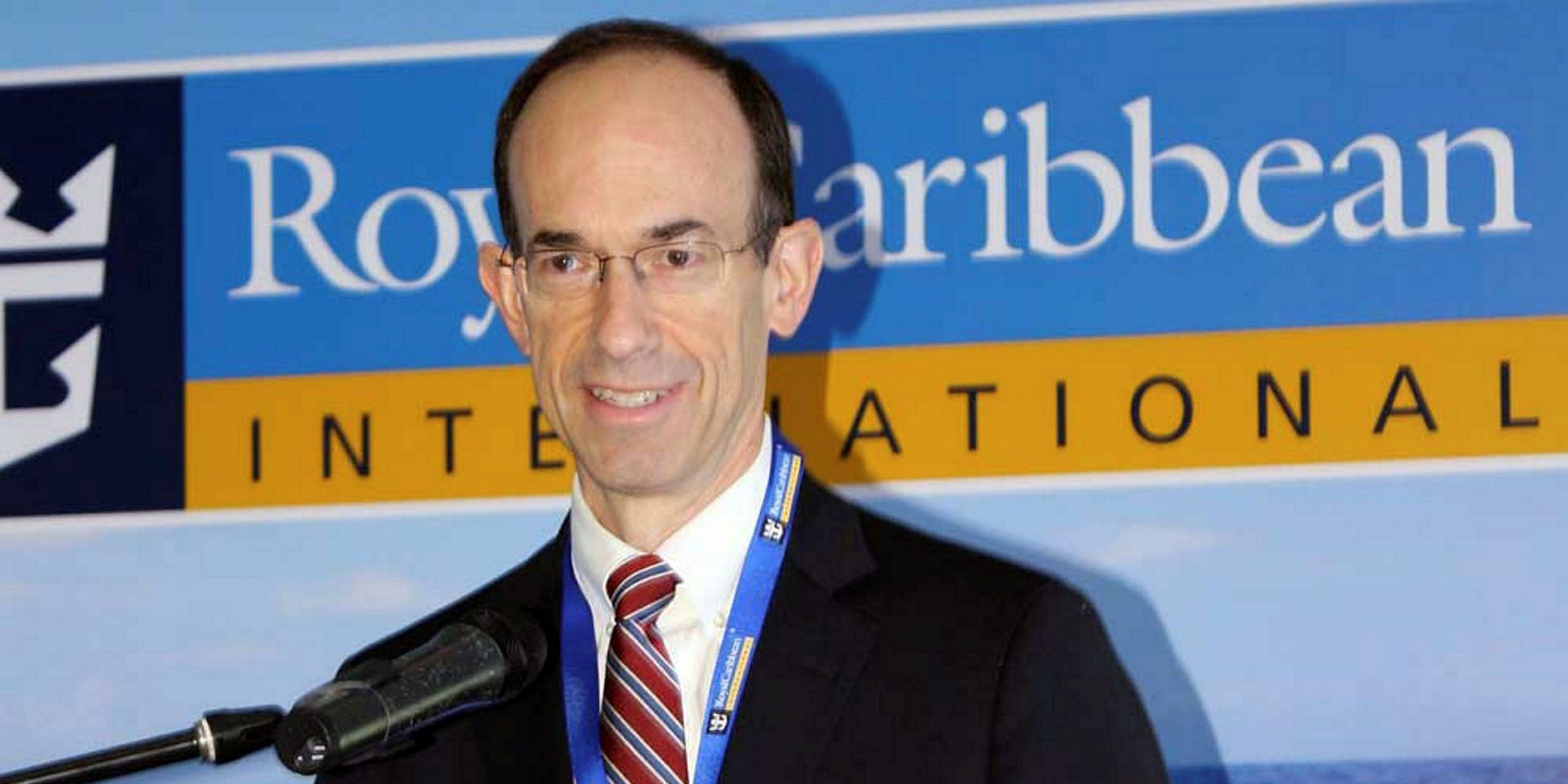
The plan: The New York-listed company has worked for a number of years on putting what it calls advanced emission purification systems on 20 of its 49 passengerships. It plans to put them on 60% to 70% of its vessels by 2020.
The reasons: "You inject tremendous amounts of water into the exhaust and it takes the sulphur away," vice chairman Adam Goldstein said. "That is our principal strategy."
The bottom line: Each scrubber will cost about $2m to install.
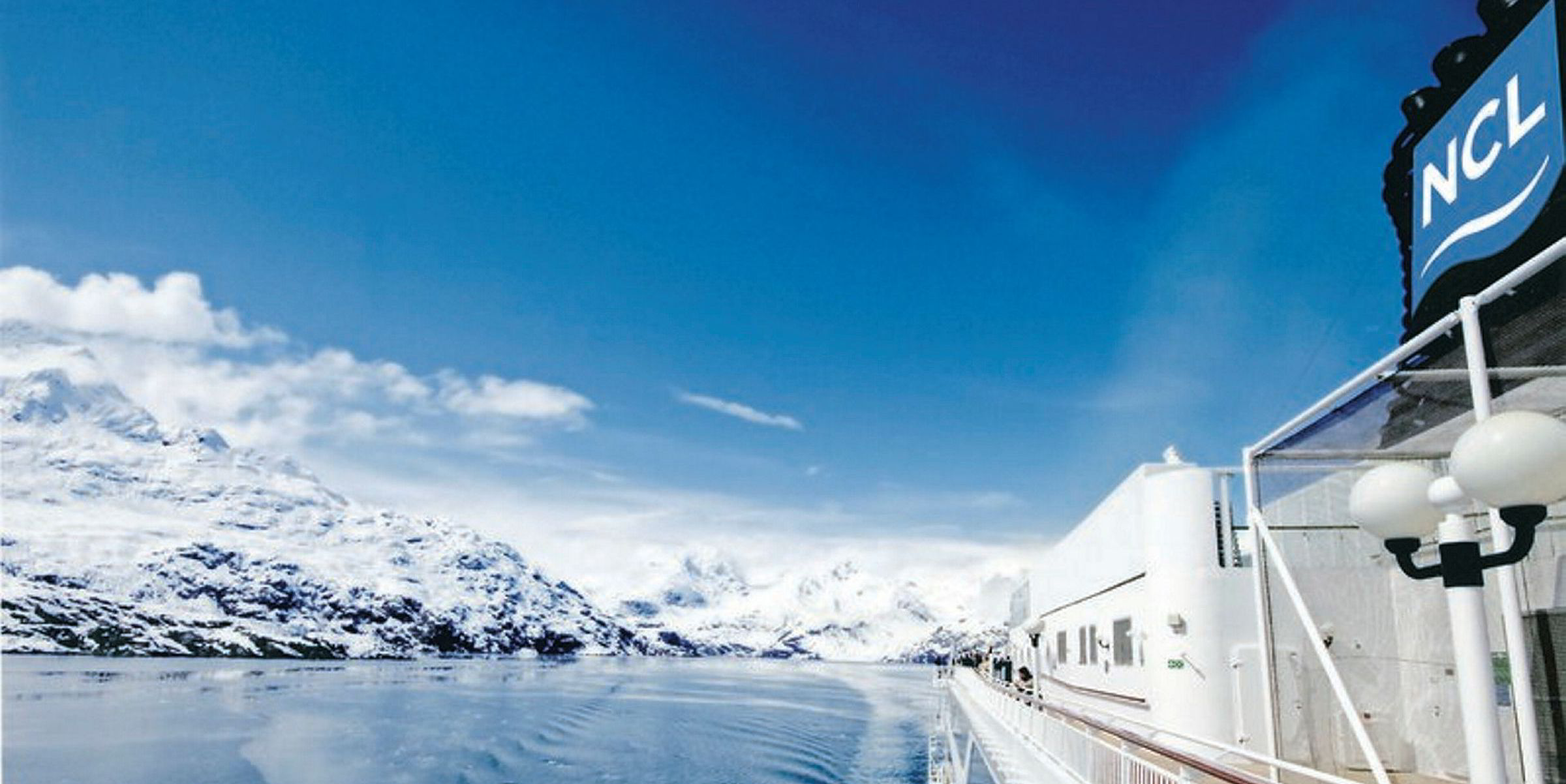
Norwegian Cruise Line Holdings
The plan: The Miami company expects around 65% of its 49 ships will have scrubbers by 2020, with more being added over time. All future newbuildings will have them and 70% of 26 ships using high-sulphur fuel oil will burn marine gas oil by 2020.
The reasons: Company executives have said that pricing expectations for high-sulphur fuel and its lower-sulphur alternatives are behind the decision, but it prefers not to install scrubbers on smaller ships where scrubber technology will reduce public space.
The bottom line: Frank Del Rio-led NCL spent $66m on scrubber technology from 2014 through 2016.
Golden Ocean Group and Frontline
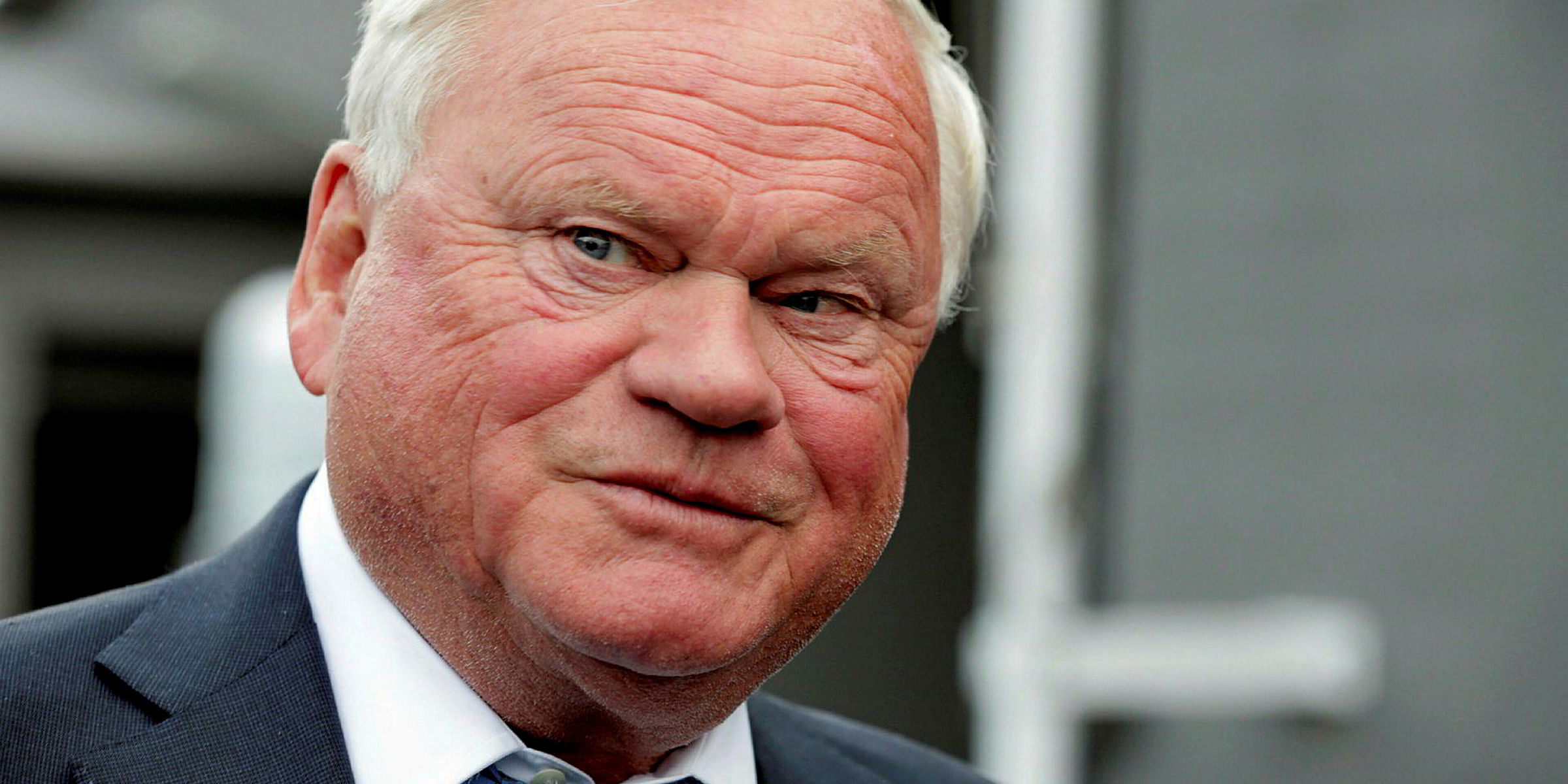
The plan: The John Fredriksen-controlled companies plan to install scrubbers on 52 ships between them — 16 for Golden Ocean and 36 for Frontline.
The reasons: Birgitte Vartdal, chief executive at Golden Ocean Management, has said that profitability from scrubbers was likely to be best at the outset. “You may end up in a situation where over time you have to have a scrubber installed to actually be competitive. But it's a bit early to speculate. But, I think it’s well worth to do the investment on part of the fleet.”
Not using scrubbers
KNOT Offshore Partners
The plan: The John Costain-led master limited partnership says it will not use scrubbers on 90% of its 15-vessel fleet because the devices add deadweight, leading to higher fuel consumption. They also allow sulphates to enter the oceans, the company said.
The reasons: "In some parts of the world, you can't use open-loop scrubbers because they add to the ocean acidity," chief executive John Costain said.
Scorpio Tankers
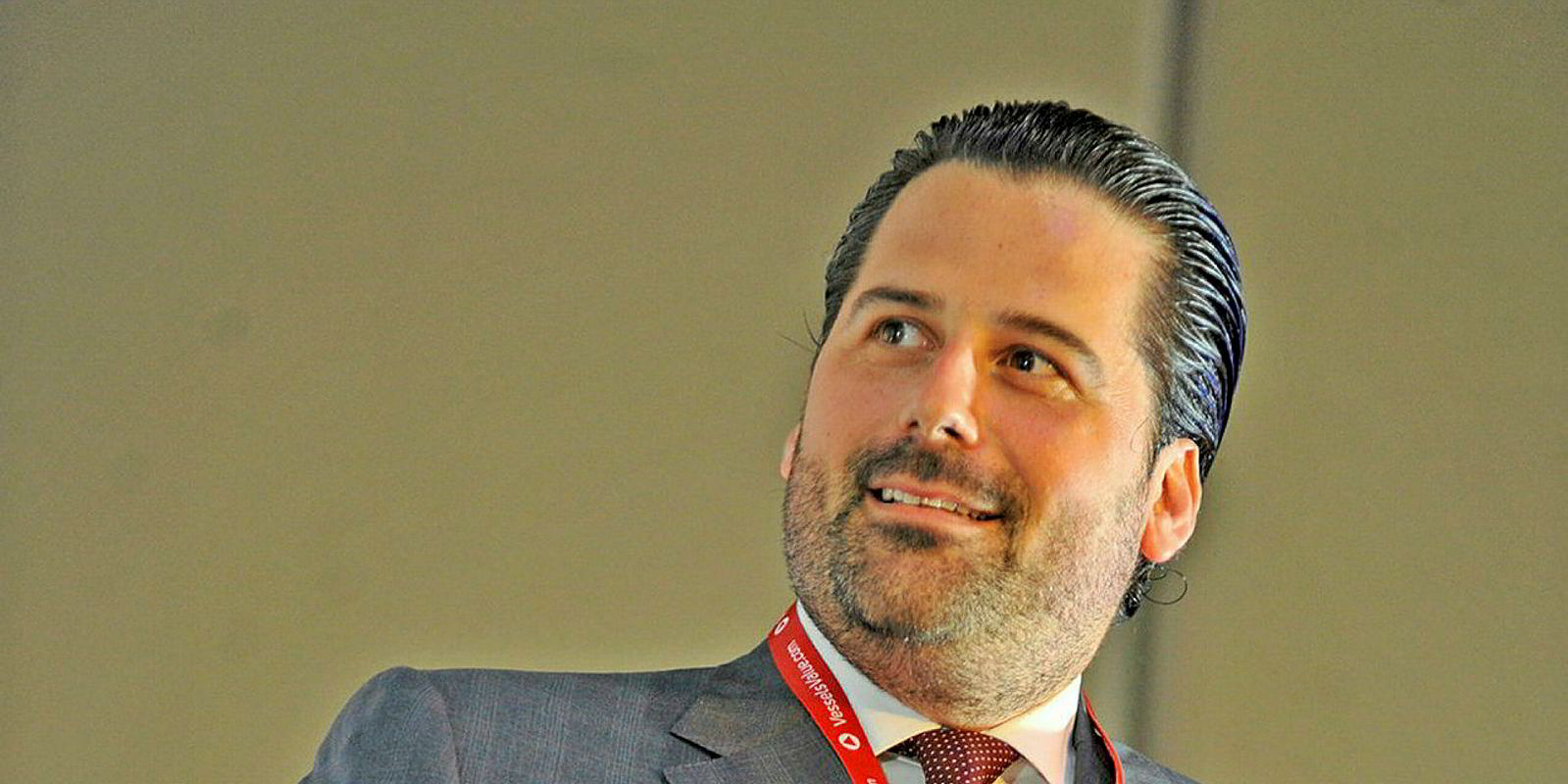
The plan: The Emanuele Lauro-led, New York-listed company has no plans to install scrubbers on its ships, opting instead to use marine gas oil on its 109 tankers.
The reasons: While it said it is still evaluating scrubbers, Scorpio says it "does not see a compelling argument to install them today".
Odfjell
The plan: The chemical tanker owner said it will use clean fuel instead of scrubbers to comply with IMO 2020.
The reasons: Its fleet spends half of its time in ports and 60% of revenues are covered by customer contracts with bunker adjustment clauses.
The bottom line: Chief executive Kristian Morch said it comes back to believing if the $300 spread between low-sulphur and high-sulphur fuels will remain.
Compagnie Maritime Belge (CMB)
The plan: The Saverys family-controlled diversified shipowner plans to use hydrogen instead of diesel to power CMB's boxships or bulkers, perhaps as early as next year. Chief executive Alexander Saverys said the substitution was successful on a small passengership.“If a customer wants a scrubber on board and he pays for it, we’ll do it. But for our own ships where we pay the bunker bill, we will not do it. We will wait and see what happens.”
The reasons: Saveryssays hydrogen is safer than alternative fuels, such as LNG, because it vents and evaporates into the air. Also, hydrogen's cost is becoming less of an issue as prices fall due to excess electricity from solar and wind.
The bottom line: Renewables can produce hydrogen at around €1.50 to €2 ($1.74 to $2.32) per kilogram. That is equal to a litre of diesel at $0.60 to $0.70, sending hydrogen's price closer to the $0.45 cents that owners pay for diesel.
Using multiple methods for IMO 2020

Hapag-Lloyd
The plan: The Rolf Habben Jansen-led containership operator plans to have a "balanced portfolio" of ships burning LNG and using scrubbers by 2020.
The reasons: “That [burning high-sulphur fuel oil], in the end, will have to be passed on because we cannot absorb $1bn in additional costs,” Jansen said.
The bottom line: Hapag-Lloyd expects to switch to low-sulphur fuel oil from high-sulphur fuel oil will cost an extra $1bn per year.
Carnival Corp
The plan: The company plans to have scrubbers on 80% of its 105 ships by 2020 but it is also launching LNG-powered vessels and is open to using marine gas oil as well.
The reasons: "The idea is what works best for our fleet and don't get too married into anything so we can make sure our options are available," spokesman Roger Frizzell said.
The bottom line: Carnival has spent $400m on installing scrubbers on 60 ships so far.
Not saying yet
Euronav

The plan: Chief executive Paddy Rodgers, who recently called IMO 2020 "the worst piece of legislation", is evaluating the use of scrubbers and other low-sulphur options.
The reasons: Rodgers questions a scrubber's reliability and life expectancy and whether the price spread between heavy fuel oil and low-sulphur fuel oil will last long enough for a worthy investment. He also wonders if putting sulphur into the ocean rather than the air is the right move morally and environmentally.
The bottom line: Rodgers has lambasted scrubbers' potential economic impact on the freight market, saying widespread use would equalise freight economics while putting shipowners out $5m per scrubber. For VLCC owners, they would spend up to 9% of an initial capital cost “for a technology that doesn’t look right”, he said.
Genco Shipping & Trading
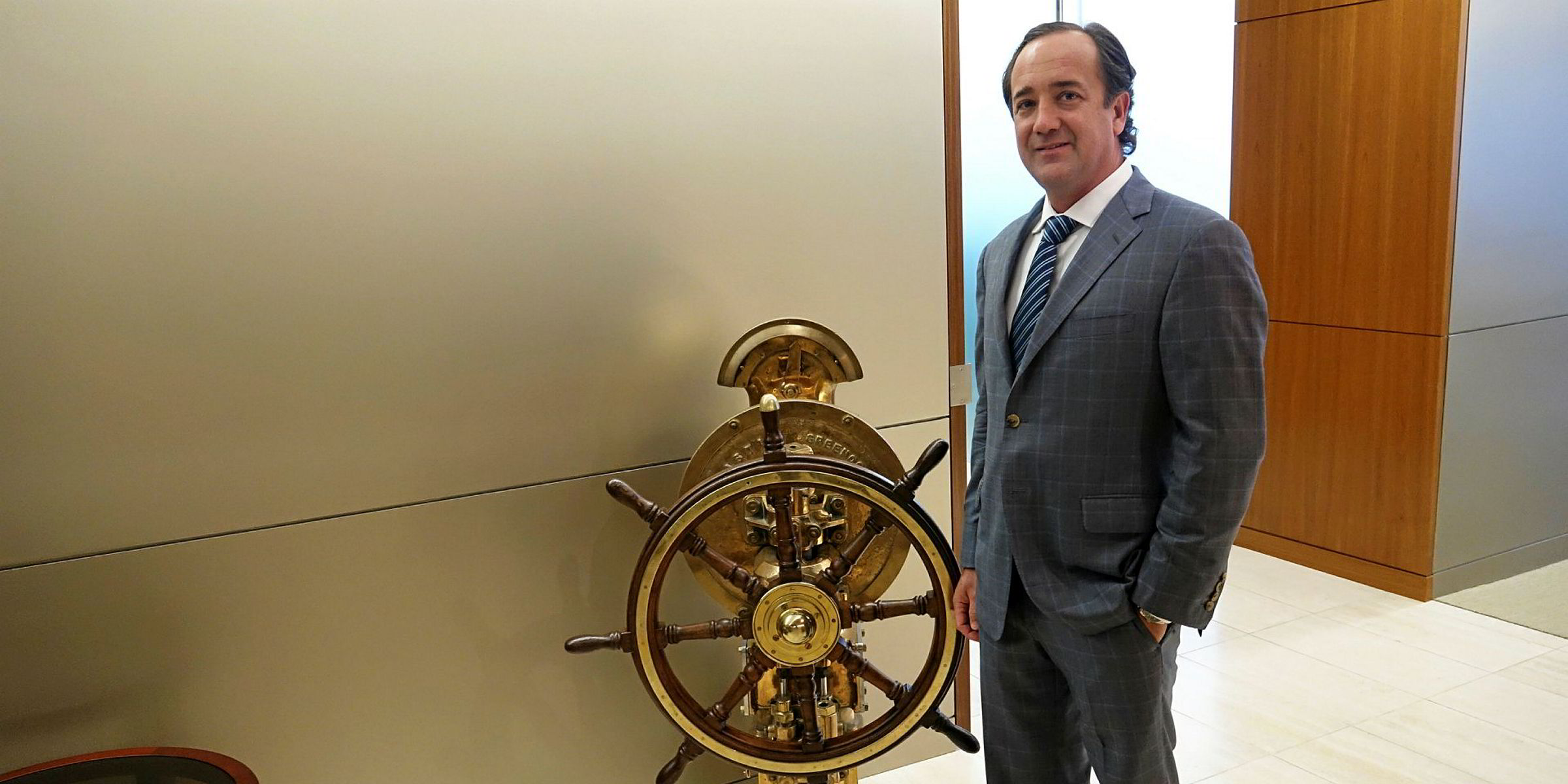
The plan: The John Wobensmith-led drybulk player said that a decision on scrubbers would be made in the fourth quarter.
The reasons: "We will look at it [using scrubbers] with respect to capesize ships because they are a long-haul trade," Wobensmith said.
The bottom line: The New York company estimates scrubber installations would cost about $3m per vessel.
PangaeaLogistics Solution
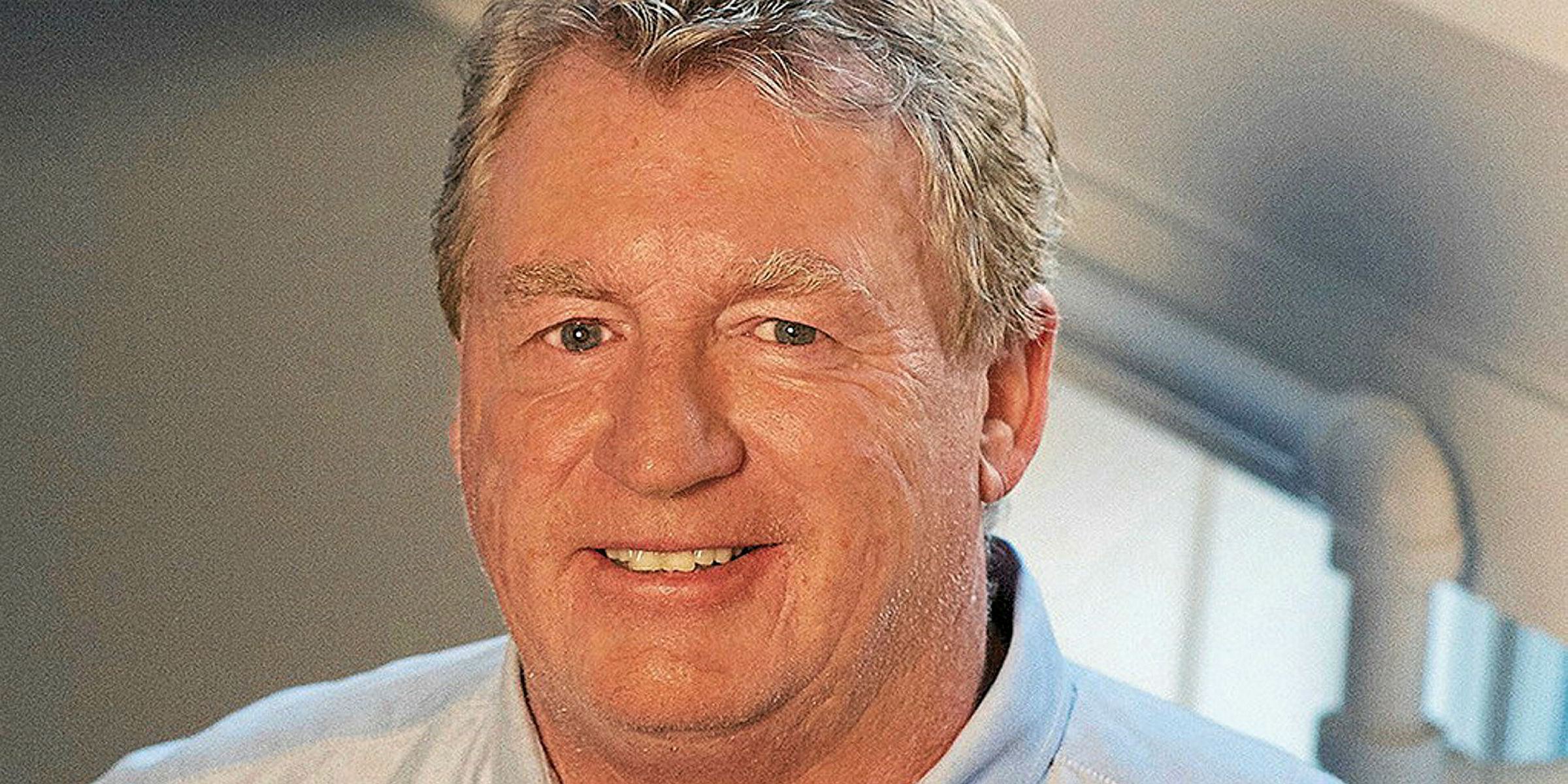
The plan: The Ed Coll-led, New York-listed company is taking a "wait-and-see" approach on deciding how the company's 18-unit fleet will comply with IMO 2020.
The reasons: “A lot of public companies are declaring simply because people are asking and they need to have a policy,” Coll said. “It’s not their money. It is our money, and we have a different attitude.”
